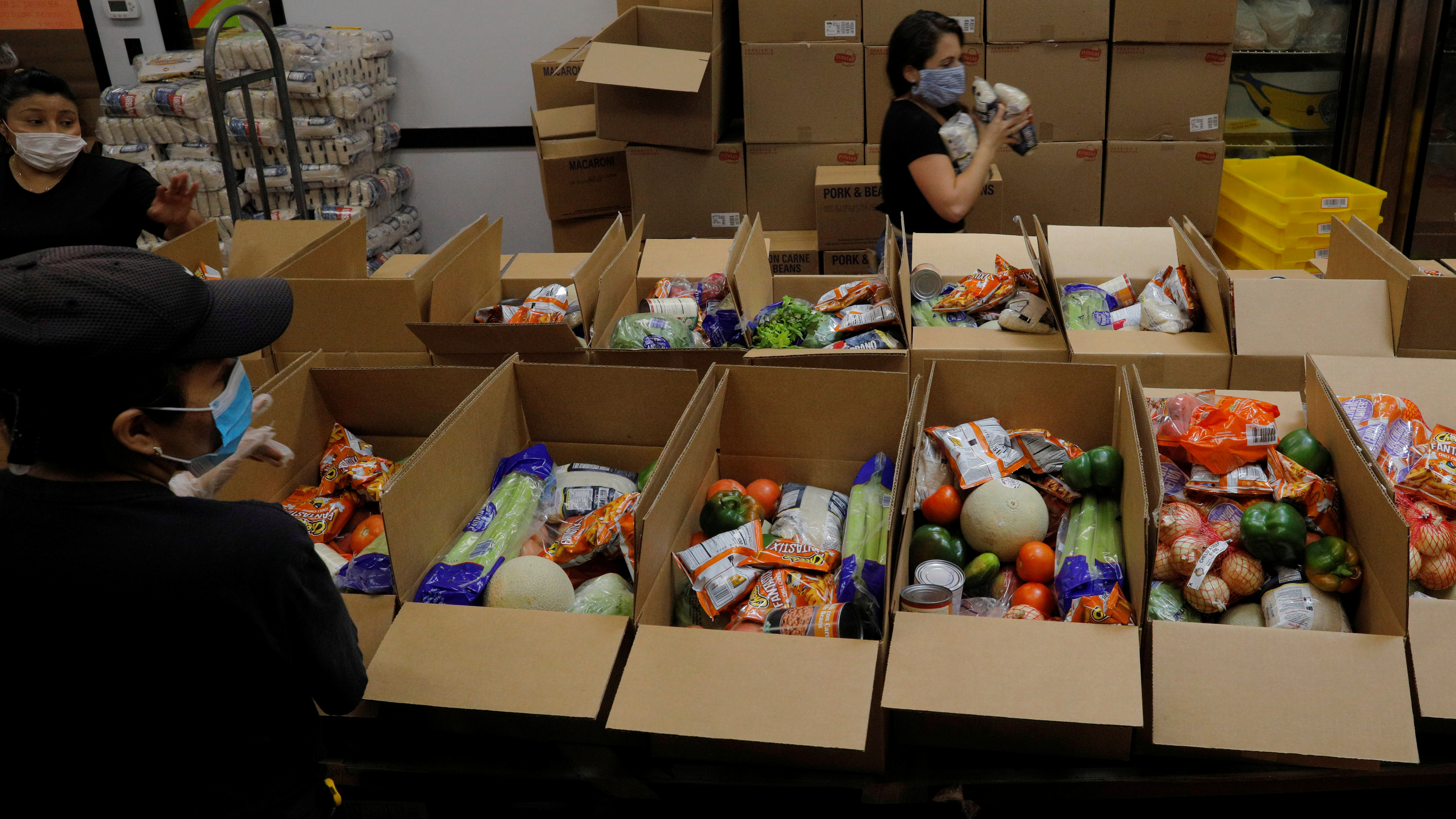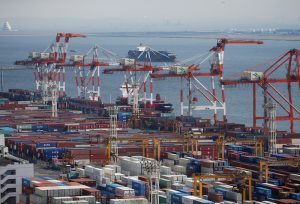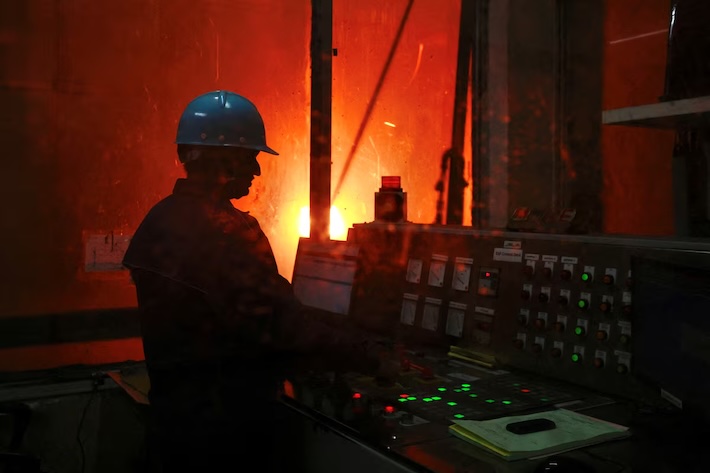WASHINGTON: US producer prices increased by the most in more than 1-1/2 years in July, but the overall trend in producer inflation remained subdued amid signs the economy’s recovery from the coronavirus recession was faltering.
The jump in producer prices reported by the Labor Department on Tuesday, however, further diminished the risk of deflation, a decline in the general price level. Deflation is harmful during a recession as consumers and businesses may delay purchases in anticipation of lower prices.
Overall, benign inflation should allow the Federal Reserve to maintain its extraordinarily easy monetary policy as it tries to nurse the economy back to health.
“Fed officials will see no reason to be on high alert for inflation pressures after today’s modest rebound in producer prices and there is little reason for them to temper their highly stimulative monetary policy,” said Chris Rupkey, chief economist at MUFG in New York.
The producer price index for final demand increased 0.6% last month, driven by a surge in portfolio management fees and rising costs for gasoline. That was the biggest gain since October 2018 and followed a 0.2% decline in June.
READ MORE: US frees more bandwidth for 5G network use
In the 12 months through July, the PPI dropped 0.4% after falling 0.8% in the 12 months through June.
Economists polled by Reuters had forecast the PPI would rise 0.3% in July and decrease 0.7% on a year-on-year basis.
Excluding the volatile food, energy and trade services components, producer prices increased 0.3% last month after a similar rise in June. In the 12 months through July, the core PPI edged up 0.1%. The core PPI ticked down 0.1% on a year-on-year basis in June.
FOREX COMMENT: “I see no near-term US dollar recovery in sight as the US economy must remain on life support from a growing US Fed balance sheet” Uwe Parpart
The Fed tracks the core personal consumption expenditures (PCE) price index for its 2% inflation target. The core PCE price index rose 0.9% on a year-on-year basis in June. July’s core PCE price index data will be released later this month.
There is little scope for inflation to heat up as the economy continues to take a hit from the COVID-19 pandemic. A separate report on Tuesday showed small business confidence relapsed in July, with owners tempering their economic expectations over the next six months.
Small businesses noted that “sales are often lower due to business restrictions, social distancing requirements, and a still-reduced willingness of consumers to go out and mingle with the general population.”
Portfolio fees
Coronavirus infections have soared across the United States, forcing authorities in some of the worst-affected areas to either shut down businesses again or pause reopenings, sending workers back home.
The government reported last Friday that the economy created 1.763 million jobs in July after a record rise of 4.791 million in June. Only 9.3 million of 22 million jobs lost between February and April have been recouped. At least 31.3 million people are on unemployment benefits.
The economy, which entered recession in February, suffered its biggest blow since the Great Depression in the second quarter, with gross domestic product dropping at its steepest pace in at least 73 years.
Stocks on Wall Street were trading largely higher, with the S&P 500 index closing in on a record high, as investors bet on more stimulus measures. The dollar slipped against a basket of currencies. Prices of US Treasuries were down.
Last month, wholesale food prices fell 0.5% as the cost of meat dropped 8.0%. Food prices decreased 5.2% in June. Wholesale gasoline prices increased 10.1% after advancing 26.3% in June. Goods prices shot up 0.8%. That followed a 0.2% rise in June.
READ MORE: Microsoft faces complex technical challenges in TikTok carve-out
Excluding food and energy, goods prices climbed 0.3% in July after inching up 0.1% in the prior month.
The cost of services rebounded 0.5%, the largest gain since April 2019, after dropping 0.3% in June. A 0.4% increase in the prices for services, excluding trade, transportation, and warehousing, accounted for about 60% of last month’s rise.
Margins for final demand trade services, which measure changes in margins received by wholesalers and retailers, advanced 0.8%. A 7.8% surge in portfolio fees was also a major contributor to the acceleration in the costs of services.
That reflected a stock market rally and followed a 2.2% advance in June. But prices for airline tickets fell 7.0%. The cost of motel and hotel accommodation also declined. The cost of healthcare services increased 0.4%.
Those airline tickets, healthcare and portfolio management costs feed into the core PCE price index.
“Weaker demand should exert downward pressure on prices overall, keeping a sustained return to and overshoot of 2% unlikely for some time,” said Veronica Clark, an economist at Citigroup in New York.
- Reporting by Lucia Mutikani























